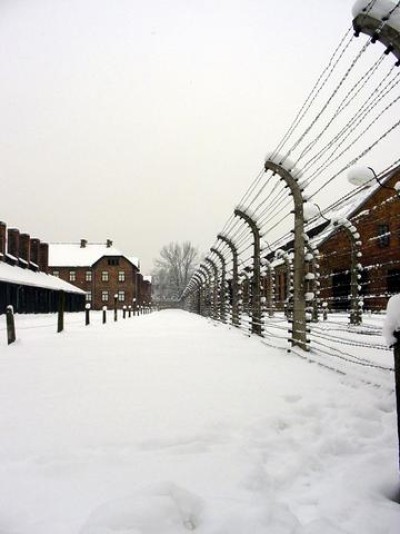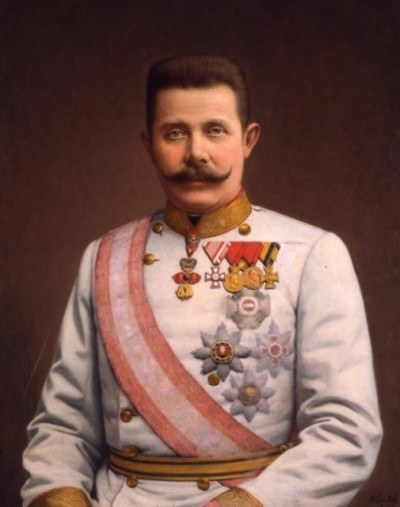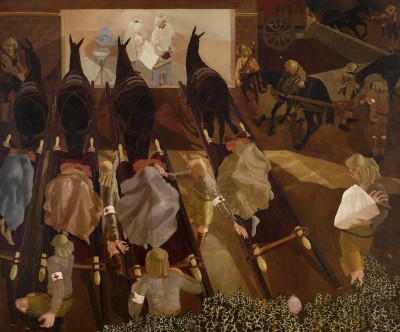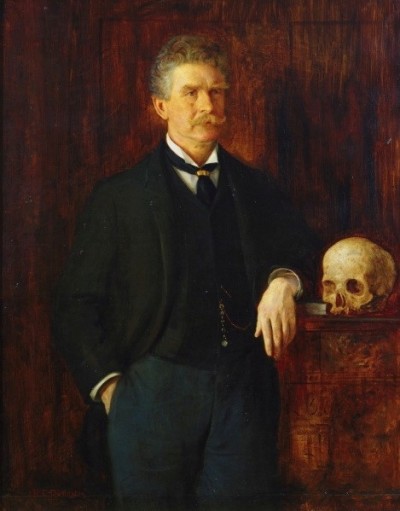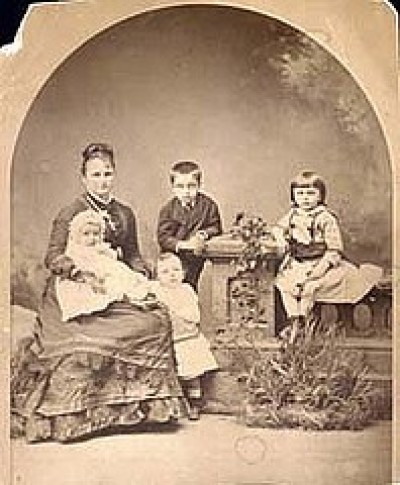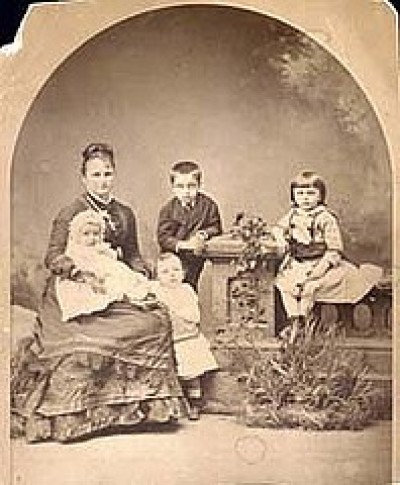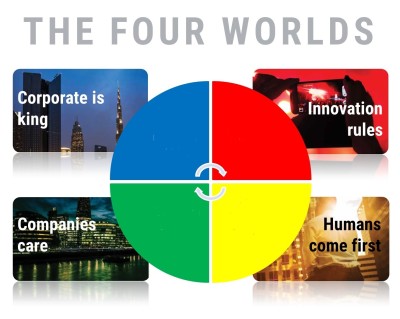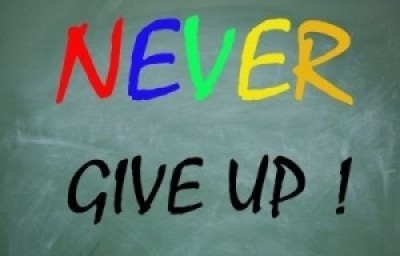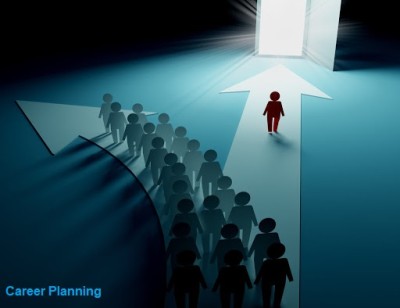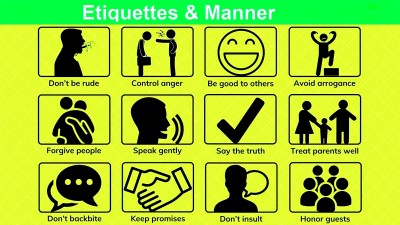Course description
Auschwitz - the Nazi Death Camp where Humanity Died

Many people in South Asia admire Adolf Hitler to this day as a strong leader with a clear vision. His book, ‘My Struggle’, continues to be a bestseller, for instance, in India. In fact, the Führer (or ‘Leader’), as he called himself, was an extremist mass murderer, responsible for some of the most horrible crimes in human history. The story of Auschwitz is evidence of this, but, as you listen or read, you should remember that it was just one camp among many across Eastern Europe: the list of them is too long to include here.
The name of Auschwitz is infamous. The Nazis built it in the Second World War in Poland. They had attacked the country in 1939, conquered it in less than a fortnight, and quickly built camps there. They opened Auschwitz in 1940 in the south of Poland and began to kill prisoners there the next year. From early 1942, they sent thousands of Jewish men, women and children to their deaths there every day. A train line ran to the gates of Auschwitz so the Nazis could put Jews from all over Europe on trains and transport them there.

Why did the Nazis choose Poland? First of all, the Jewish population was the largest of any country in Europe: there were three million living there in the mid-1930s. Next, Poland had a history of anti-Semitism itself: the last pogrom took place in the country only in 1923, a few years before the Second World War. If we compare the support given to Jews in Poland with the help they received in France, Holland, Belgium and Italy, we can only come to the same conclusion. Finally, the Nazis regarded Poles themselves as racially inferior and, so, their opinions were unimportant to them. Dutch people in occupied Holland, the French living in Nazi-controlled France, and so on were all treated much more humanely than the Poles were in their homeland.

At first, the Germans used Auschwitz for Polish people, especially university professors and political prisoners. Ten thousand young Russian soldiers arrived there in October 1941 but there were only 945 alive in March 1942. These prisoners of war did not die in the showers though. The Germans needed them to work at the I. B. Farben factory in a village very near to Auschwitz. They got no pay, worked twelve hours and only received about 700 calories of food a day, when a normal adult male doing manual labour needed 2,500. In a few weeks or months, they were dead. New arrivals took their places. This was part of Hitler’s plan to lower the population of Eastern Europe by thirty million people. It was called the Hunger Plan. Of course, a poor diet, combined with very insanitary conditions, meant they also developed many epidemic diseases, like dysentery, cholera and the like. There were no toilets until 1943, two years after the camp opened. There was also no fresh water.
So, millions died because they did not get enough to eat, tens of thousands of them at Auschwitz.

At the beginning of 1942, the Nazis decided to kill all the Jews in Europe, even in those countries they had not defeated, like the UK. Richard Heydrich, the man in charge of deporting Jews to camps, called this ‘The Final Solution to the Jewish Problem’. Every day, thousands arrived at Auschwitz. The camp commandant, Rudolf Höss, said the shower rooms could kill two thousand people at one time and they could fill the showers three times a day. He even said that they could do this five or more times a day, but the problem was that they could not burn the bodies fast enough.
When the Jews got off the train, they were often very tired and sick after the long journey. They usually did not get any water to drink or food to eat on the trains. The trains were freezing cold in the winter and burning hot in the summer and the journeys sometimes took many days. Old and sick people died on the trip. Nobody could sleep very well because the trains were so crowded and because children were crying, hungry and ill.

At Auschwitz, German soldiers with dogs told them they were there to work. The sign over the gates of Auschwitz said ‘Work means freedom’. The soldiers told some people to go to the right and others to move to the left. Old people, children and the sick went to the left. The soldiers told them to take off their clothes because they were going for showers. When they went into the huge shower rooms, the doors were locked. But no water came, only poison gas, called Zyklon B.
When the soldiers could not hear any more shouting or screaming, they opened the doors. Inside the shower rooms, everybody was dead. The Germans made sure that Auschwitz prisoners took gold teeth, earrings and other expensive things from the dead bodies. They also shaved their hair so that it could be used for gun sights. They then burnt the corpses in huge ovens. Local people from villages near the camp could see and smell the smoke coming from the tall chimneys every day.
Of course, not everybody died of gas. Prisoners who tried to escape or made trouble did not get any food. Sometimes, the Nazis put them in rooms with no oxygen so that they could not breathe. But most died because they did not get enough food.
But there were other prisoners too. One group was called the ‘Sonderkommando’. They had uniforms, got special food to eat, good things to drink and easy lives. The Germans needed them because they could not control the tens of thousands of people in the camp. The ‘Sonderkommando’ did this work. They understood that they were going to die because they knew all the Germans’ secrets about what happened at Auschwitz. One day, Nazi soldiers would come into the rooms where they slept and tell them they were going on a journey. They then shot them. It was easy to get new arrivals to do the job, of course, because everybody knew they would live three or four months longer and have comfortable beds to sleep in, meat to eat and alcohol to drink.

Finally, and horribly, the Nazis used Auschwitz as a place for medical experiments. Dr. Mengele, the head doctor at the camp, was especially interested in twins and so did operations on them. When he made one sick and the child died, he killed the healthy one and then looked at the differences in their organs. Mengele treated these children very well while he needed them, but they often died horrible deaths. He sometimes operated without anaesthetic, for instance.
The reason that medical personnel were important in Auschwitz and other death camps was that the Nazis were keen to offer proof for the pseudoscience of eugenics. The idea behind this was that there is a hierarchy of human development, with Africans at the bottom, followed by brown- and yellow-skinned races, then Jews and Slavs (including Russians, Czechs, Poles and so on) and, finally, nearing the top of the pyramid, the Aryan races: ideally, blond-haired, blue-eyed Europeans. The Aryan races were supposed to be physically, intellectually and morally superior to everybody else.
Before we make fun of Nazi eugenics though, it is worth remembering that California was already sterilizing mentally handicapped people. In fact, the Nazis took their original ideas on stopping them reproducing from that American state. The UK was also debating similar measures in its Parliament but did not pass any laws on the subject because, by that time, Hitler’s treatment of these unfortunate people had given the schemes such a bad reputation.
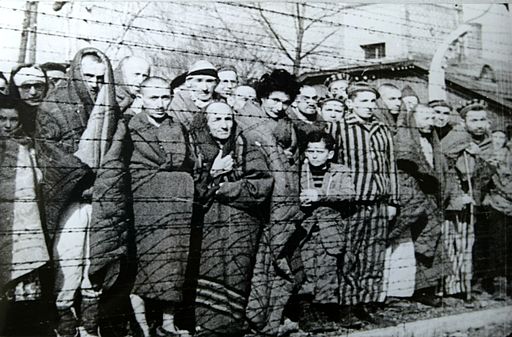
In 1944, it was clear to most people that the Germans were going to lose the war. The Russians were getting very near and the Nazis did not want them to see what was happening at the camp. They walked the prisoners in the middle of winter towards Germany and gave them little or no food. When they could not continue, the Germans shot them. Not many lived until the end of the war.
In April, 1945, the Russians arrived at the gates of Auschwitz. There were a few hundred prisoners left alive.

More than a million Jews died in the camp from 1942 to 1944. But there were many others too: Hungarians and Czechs, Communists, some Christians who made problems for the Nazis in Germany, homosexuals, gypsies, the mentally handicapped, Russian soldiers and Polish professors.
When the war was finished, the Americans hanged Rudolf Höss, the camp commandant in Auschwitz. He said he could not be sure how many people had died there. At first, he thought the number was more than three million but later said this was probably too high. Dr. Mengele escaped to South America and died there, incognito, probably in the 1990s.
It may come as a surprise to you to learn that, until a few years ago, the information board outside Auschwitz did not include Jews among the groups of people who had been murdered there because they had not had their own nation when they were killed.
If you want to watch some videos on this topic, you can click on the links to YouTube videos below.
If you want to answer questions on this article to test how much you understand, you can click on the green box: Finished Reading?
Videos :
1. Auschwitz - German Nazi Concentration Camp (2:55)
2. Auschwitz, the largest Nazi death Camp (2:50)
3. Auschwitz: Drone Video of Nazi Concentration Camp (2:29)
4. Auschwitz Concentration Camp Reel 1 (1945) (3:55)
5. Auschwitz Concentration Camp Reel 2 (1945) (3:25)
6. Auschwitz Survivors Remember the Nazi death Camp Horrors (0:38)









